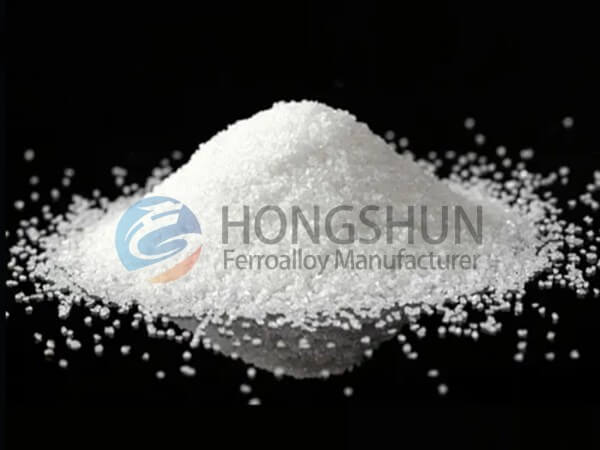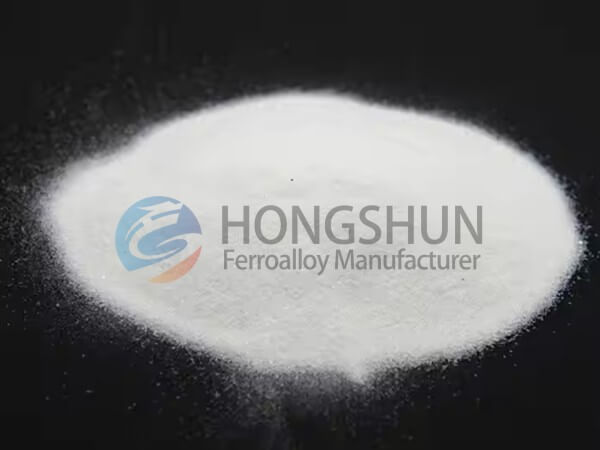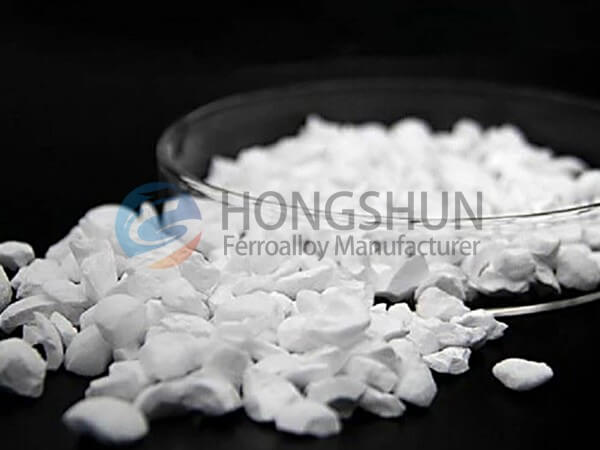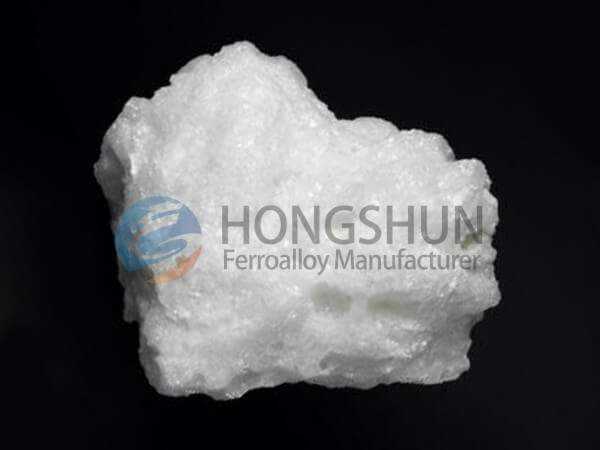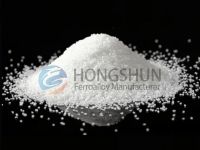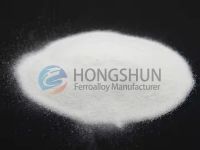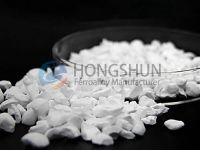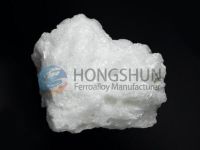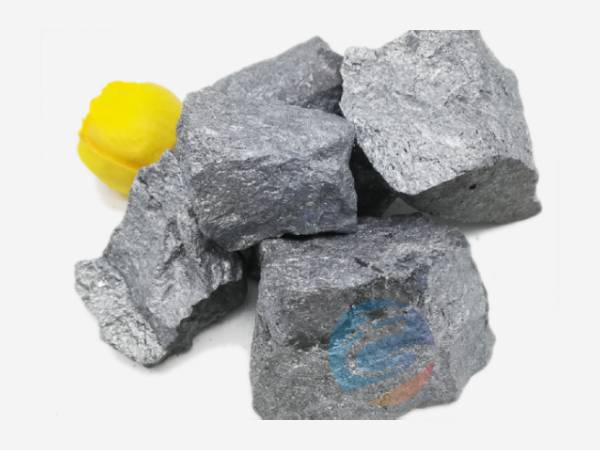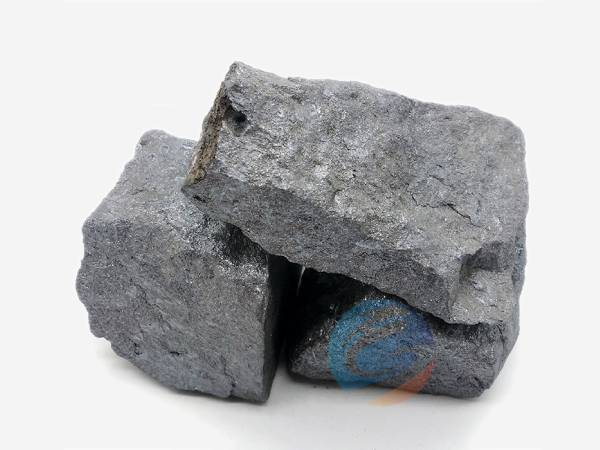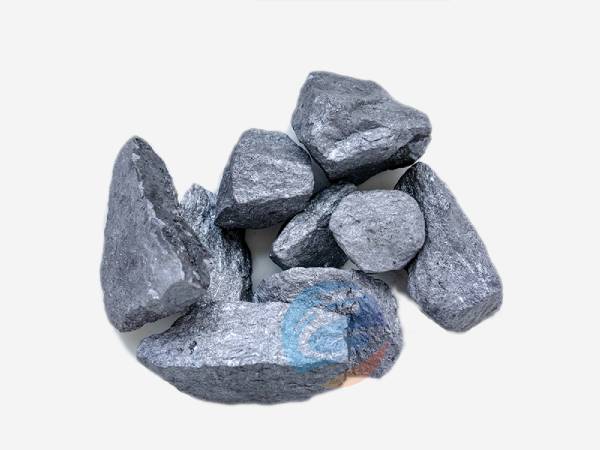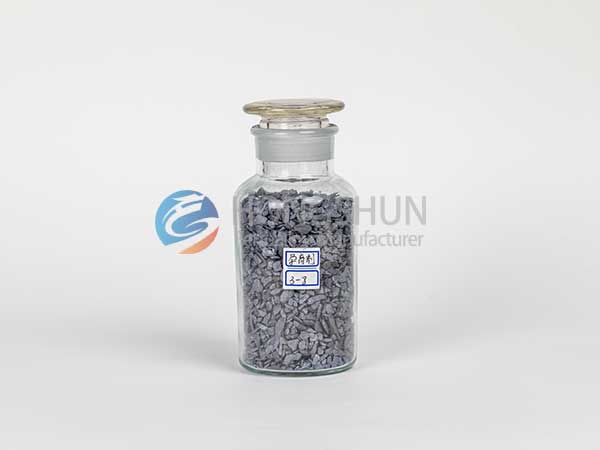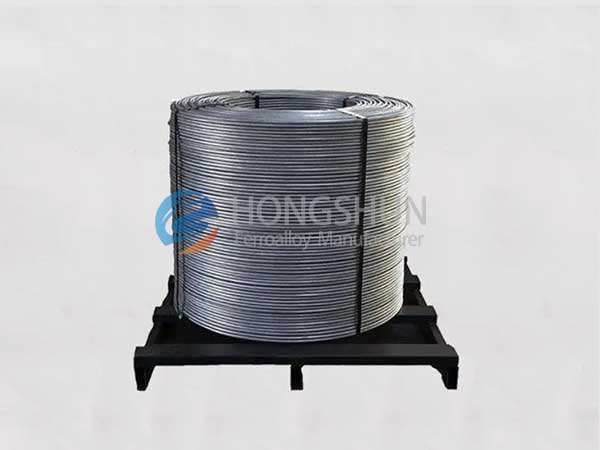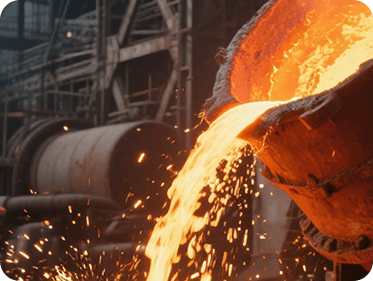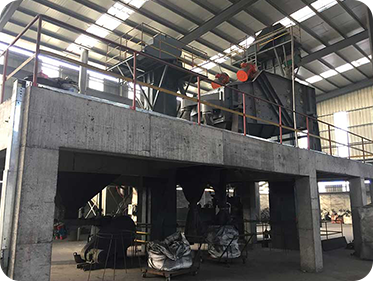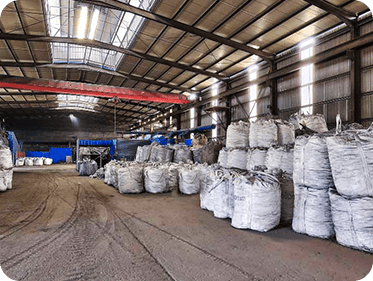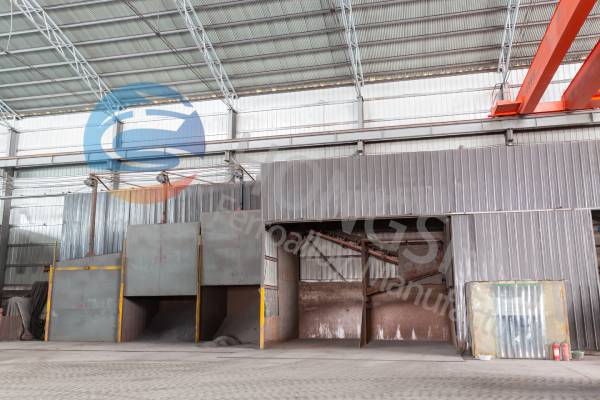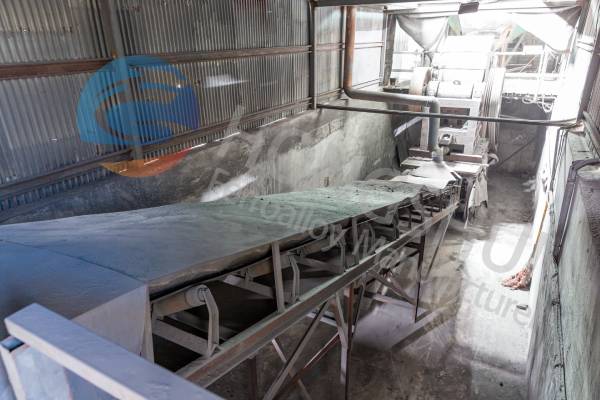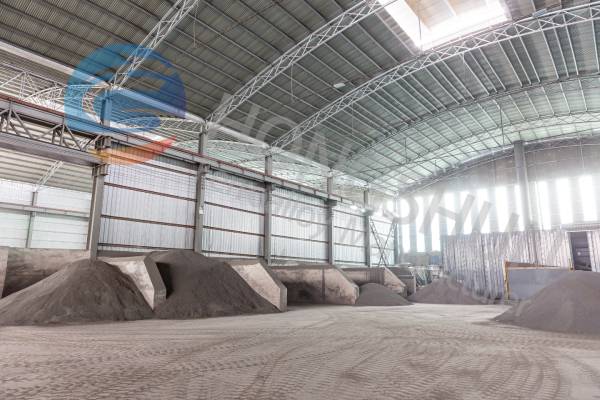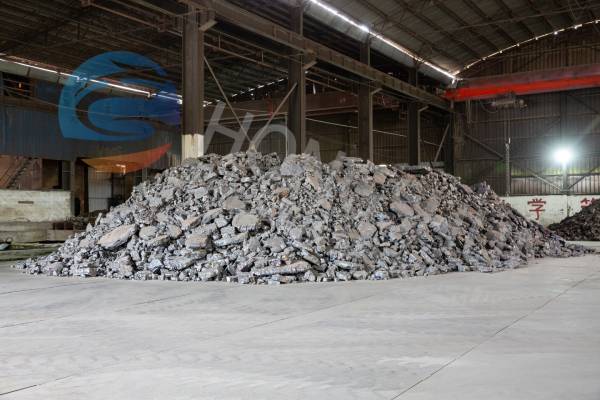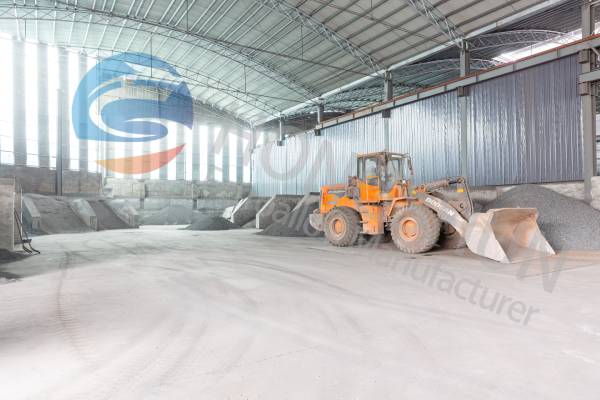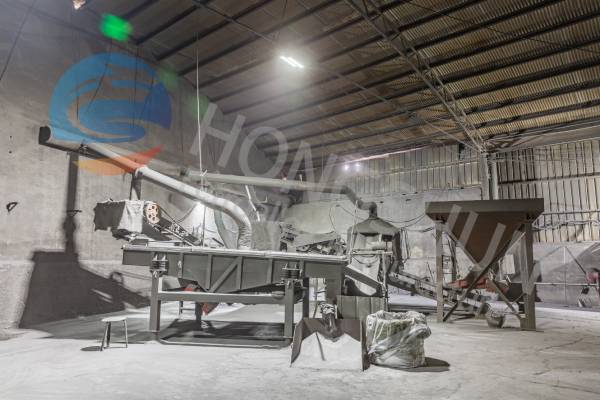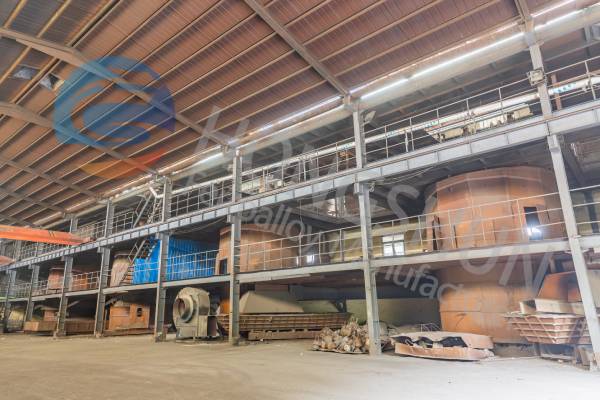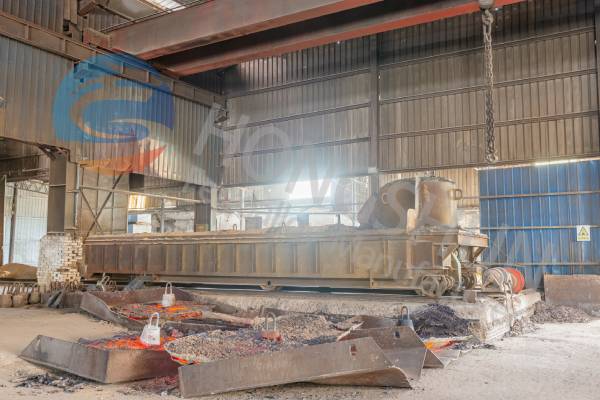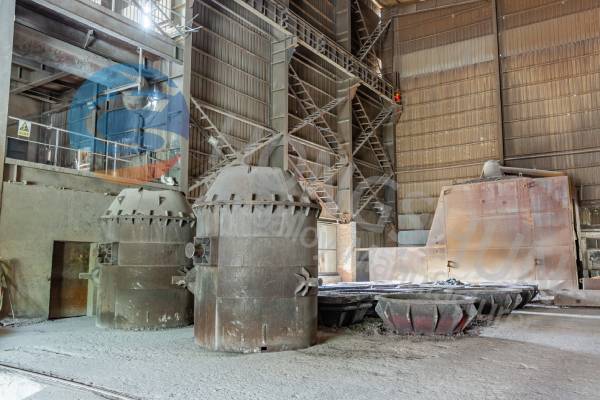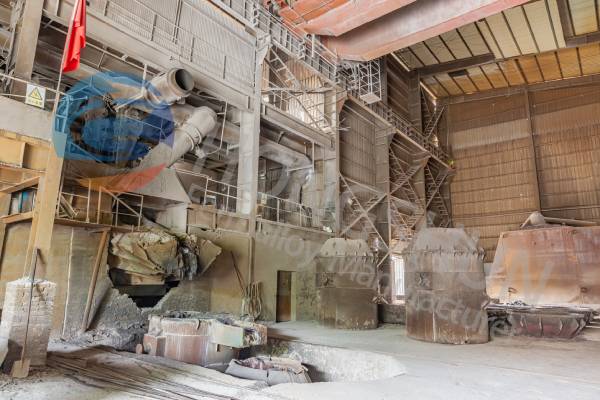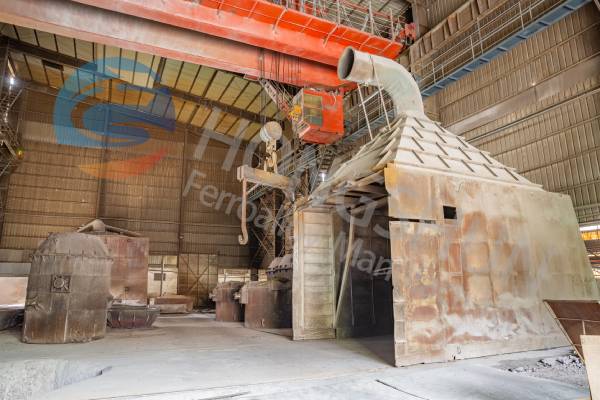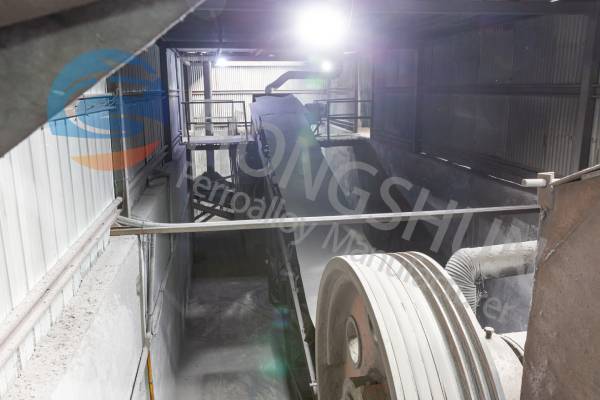White Fused Alumina (WFA) is a high-purity synthetic abrasive material made from aluminum oxide (Al₂O₃). It is produced by fusing high-grade alumina powder in an electric arc furnace at high temperatures above 2000°C, followed by cooling and crushing into different grain sizes. With its high hardness, sharp edges, and chemical stability, WFA is ideal for precision grinding, surface preparation, and refractory applications.
White Fused Alumina Key Features:
High Purity: Al₂O₃ content ≥ 99%
High Hardness: Mohs hardness up to 9.0
Excellent Thermal Stability: Suitable for high-temperature environments
Low Impurity Levels: Low in iron, silica, and other contaminants
Sharp Grain Shape: Provides efficient cutting and grinding performance
Specification of White Aluminium Oxide
| Al203 | Fe203 | MgO | CaO | Na20 | K20 |
| ≥99.5 | ≤0.06 | ≤0.02 | ≤0.02 | ≤0.30 | ≤0.02 |
White Fused Alumina specifications
Production Process of White Fused Alumina
White Fused Alumina (WFA) is produced by fusing high-purity alumina powder in an electric arc furnace at temperatures exceeding 2000°C. The intense heat melts the raw material, which then solidifies into a dense, crystalline mass upon cooling. This fused mass is subsequently crushed, milled, and screened into various grain sizes to meet different industrial requirements.
Key steps:
1. Selecting high-quality alumina powder
2. Fusion in an electric arc furnace
3. Controlled cooling and solidification
4. Crushing and milling to the desired sizes
5. Screening and packaging
The final product features excellent hardness, thermal stability, and chemical resistance for use in abrasives, refractories, and ceramics.
Uses of White Fused Alumina
1. Abrasives
Used in grinding wheels, sandpaper, and blasting media due to its high hardness and sharp edges.
2. Refractory Materials
Ideal for high-alumina bricks, castables, and kiln linings thanks to its high melting point and thermal stability.
3. Ceramics
Improves hardness, strength, and heat resistance in advanced and household ceramics.
4. Surface Treatment
Used for sandblasting, polishing, and lapping of metals, glass, and ceramics.
5. Others
Applied to anti-slip surfaces, water filters, and as a filler in high-performance coatings.

